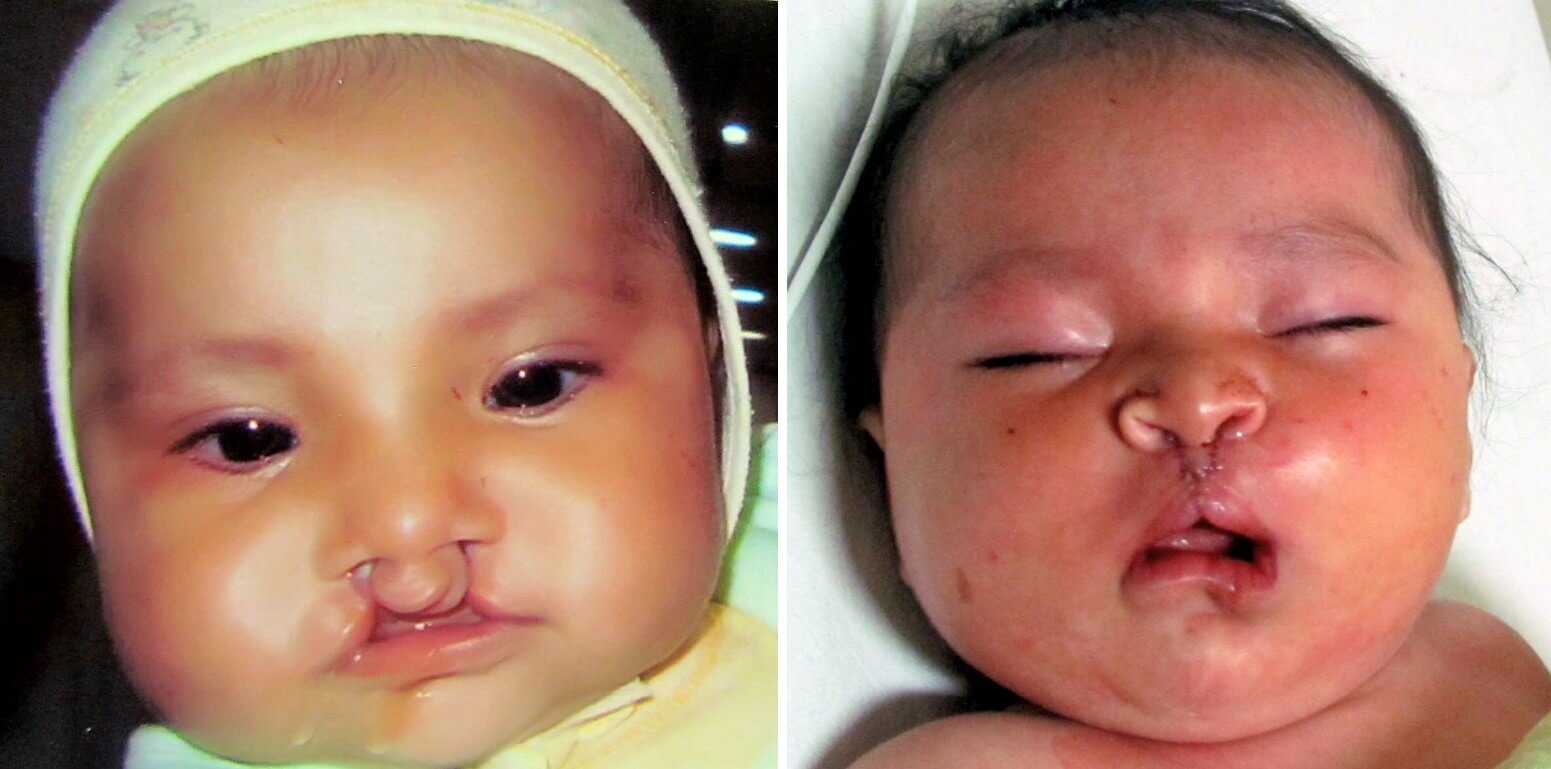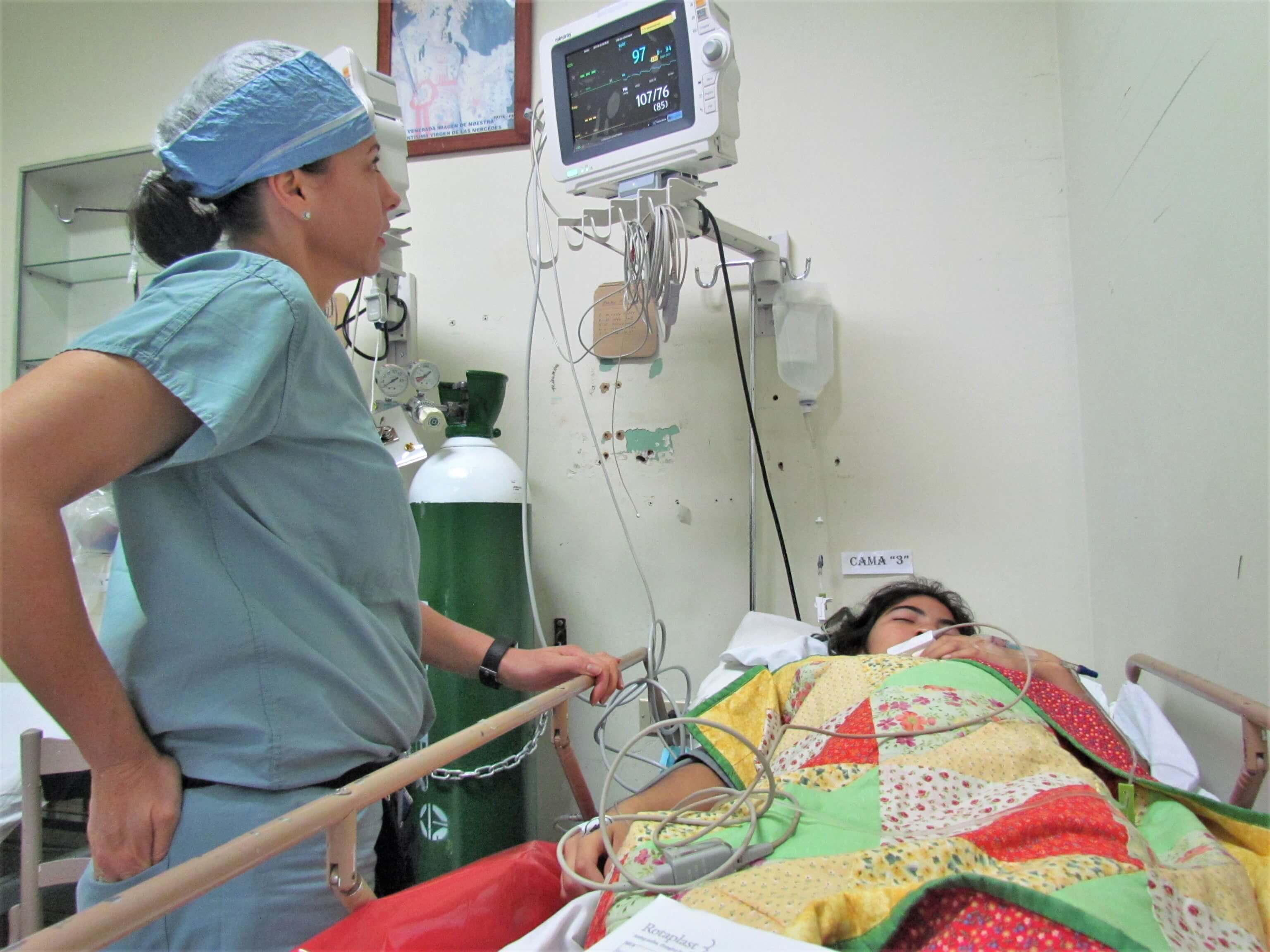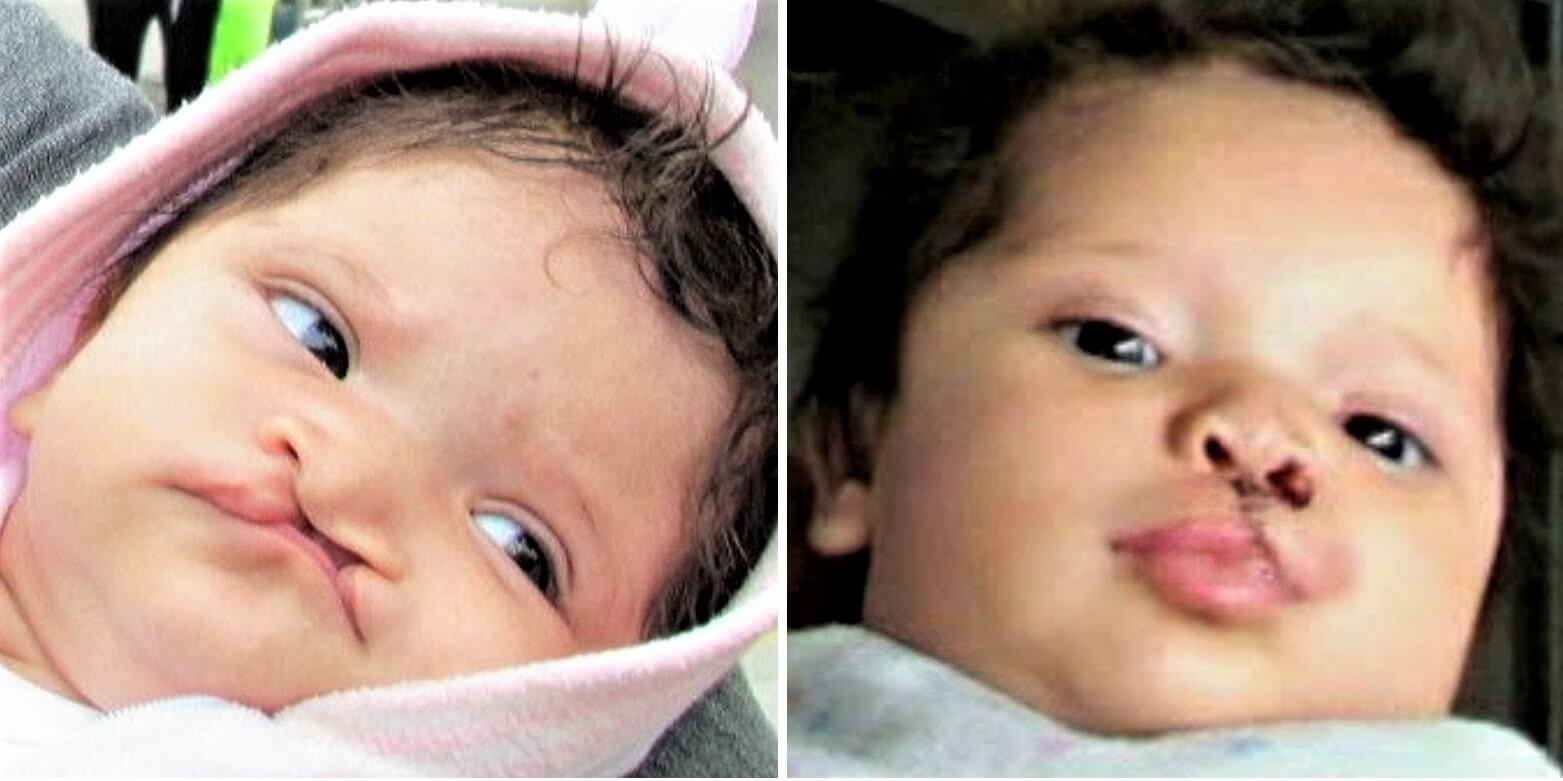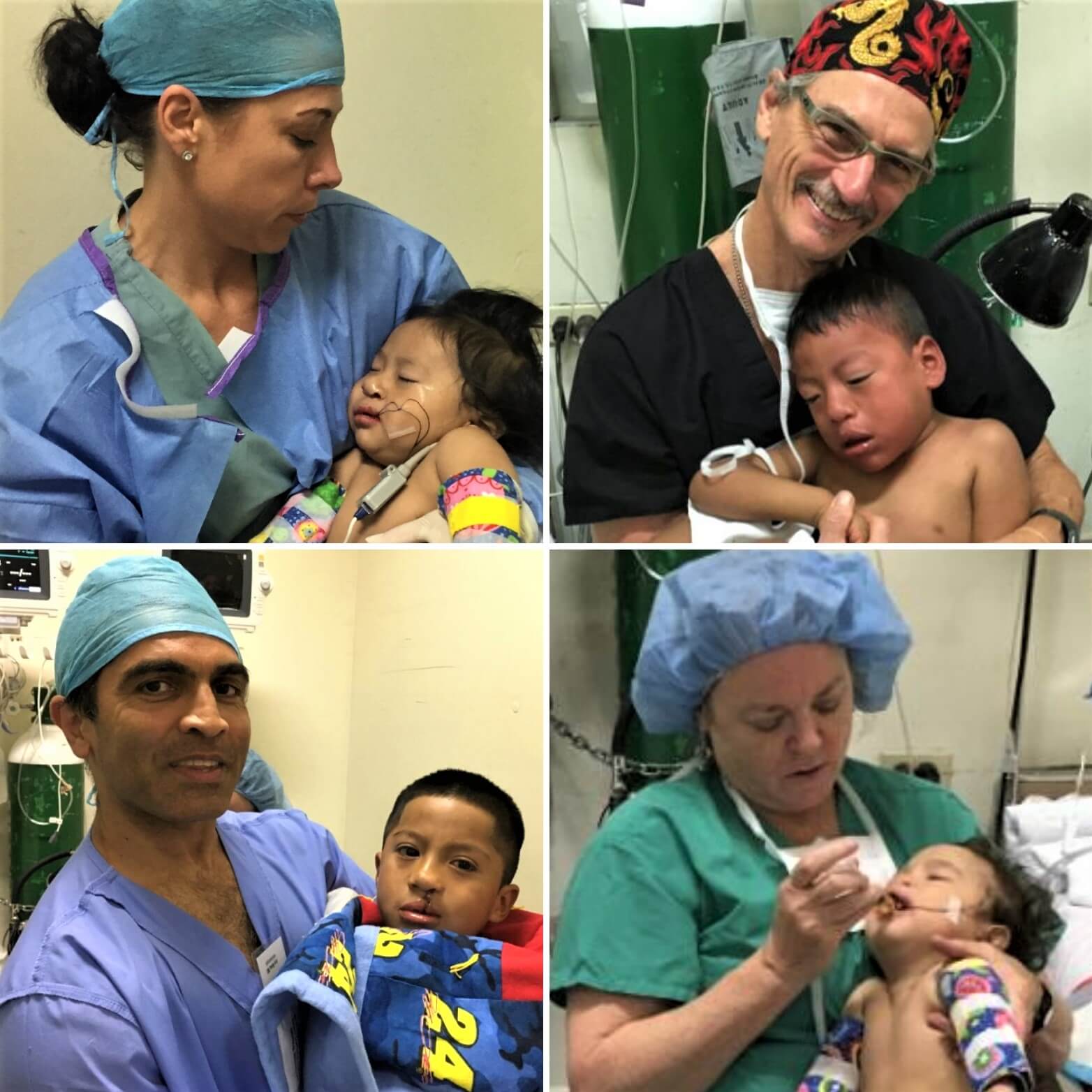Outside of the operating rooms, the best place to witness the immediate impact of surgery is in the post-anesthesia care unit. Medical team members visit to marvel at the skillful work of the surgeons and to hold the young patients.


It is in the PACU that a parent gets to see his or her child immediately after surgery, and it’s not uncommon that they are moved to tears by the dramatic transformation.

“The best part of the whole mission is seeing the mom’s face when they see their child for the first time after the facial deformity has been repaired,” says nurse Tami Schindler of Spokane, Washington.

In the PACU, Tami and fellow nurse Sandy Stabile are in the unique position to see every patient who gets treated. They observe patients until they are ready to be moved to the ward for further recovery. They also may change dressings, give pain and nausea medicine, provide oxygen and watch for bleeding.

“I like taking care of the kids more than adults,” says Sandy of Fremont, California. Here, with the assistance of lead pediatrician Paula Rand, she places two “no-no’s” on a child’s arm to prevent him from touching his mouth.


Patients usually spend about 30 minutes to an hour in the PACU before being moved. This time provides an opportunity for parents to reunite with their children and comfort them post-surgery.

Sandy, who has been on 10 Rotaplast missions, said she feels lucky that she can use her skills to help someone less fortunate. “This is a vacation for your heart and your soul. I definitely get more than I give.”




